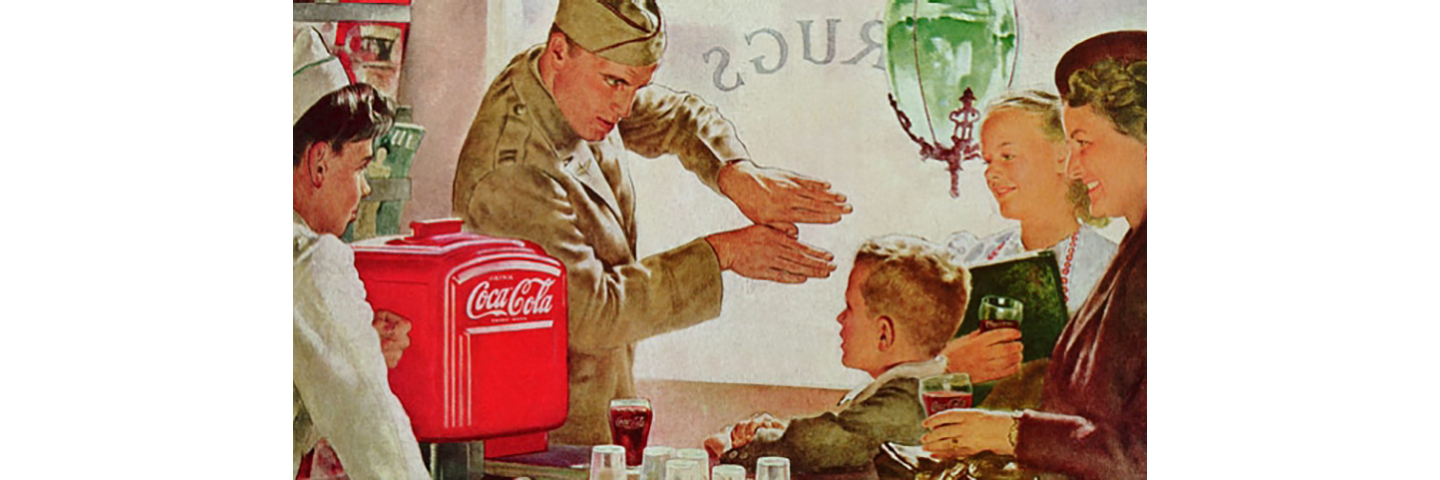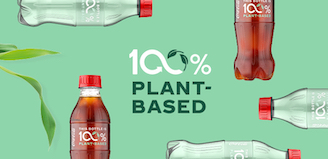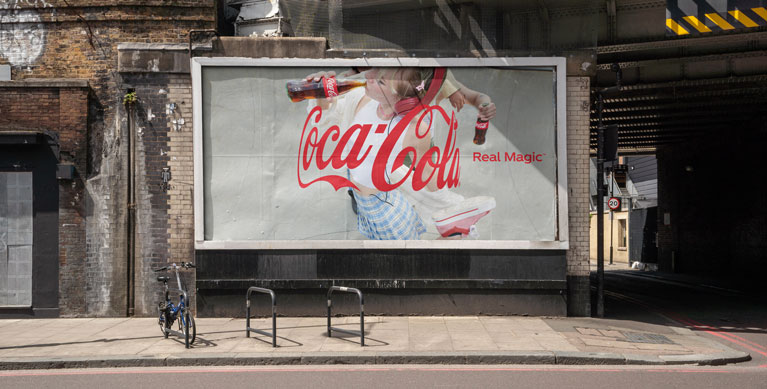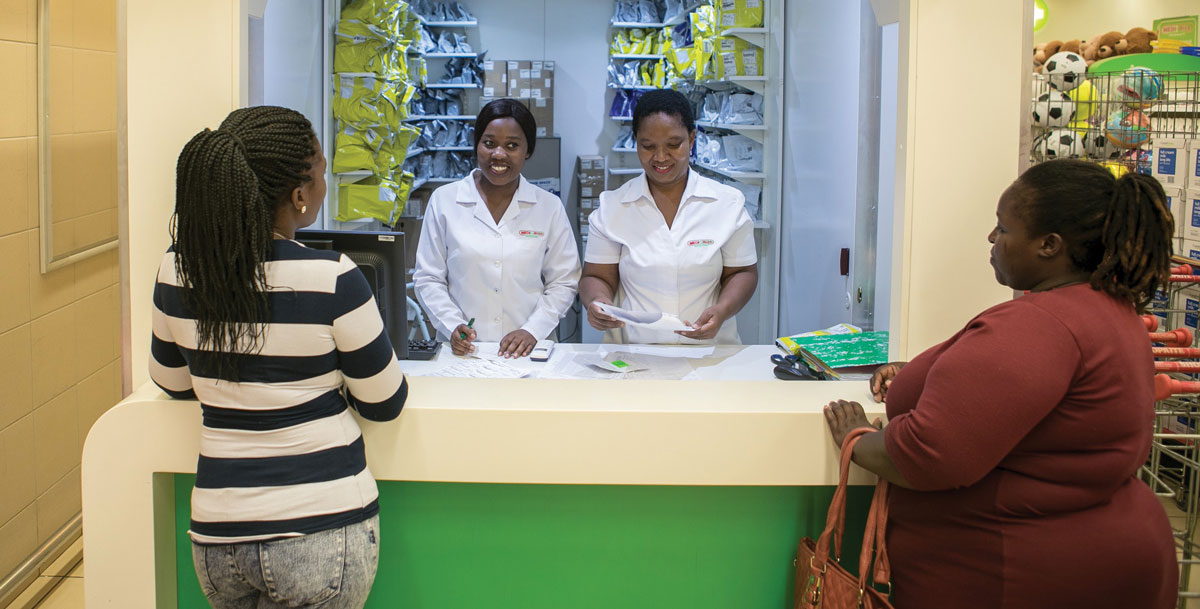
- Logo
- Our company
- Our brands
- Sustainability
- Social impact
- Careers
- News
- Investors
- Search
- Language
- Reciteme
Search

The Chronicle Of Coca‑Cola: A Symbol of Friendship
01-01-2012
At the outbreak of World War II, Coca‑Cola was bottled in 44 countries, including those on both sides of the conflict. But far from devastating the business, the war simply presented a new set of challenges and opportunities for the entire Coca‑Cola system.
The entry of the United States into the war brought an order from Robert Woodruff in 1941 "to see that every man in uniform gets a bottle of Coca‑Cola for 5 cents, wherever he is and whatever it costs the Company."

This effort to supply the armed forces with Coke was being launched when an urgent cablegram arrived from General Dwight Eisenhower's Allied Headquarters in North Africa. Dated June 29, 1943, it requested shipment of materials and equipment for 10 bottling plants. Prefaced by the directive that the shipments were not to replace other military cargo, the cablegram also requested shipment of 3 million filled bottles of Coca‑Cola, along with supplies for producing the same quantity twice monthly.
Within six months, a Company engineer had flown to Algiers and opened the first plant, the forerunner of 64 bottling plants shipped abroad during World War II. The plants were set up as close as possible to combat areas in Europe and the Pacific. More than 5 billion bottles of Coke were consumed by military service personnel during the war, in addition to countless servings through dispensers and mobile, self-contained units in battle areas.
But the presence of Coca‑Cola did more than just lift the morale of the troops. In many areas, it gave local people their first taste of Coca‑Cola - a taste they obviously enjoyed. And when peace returned, the Coca‑Cola system was poised for unprecedented worldwide growth. From the mid-1940s until 1960, the number of countries with bottling operations nearly doubled. As the world emerged from a time of conflict, Coca‑Cola emerged as a worldwide symbol of friendship and refreshment.


